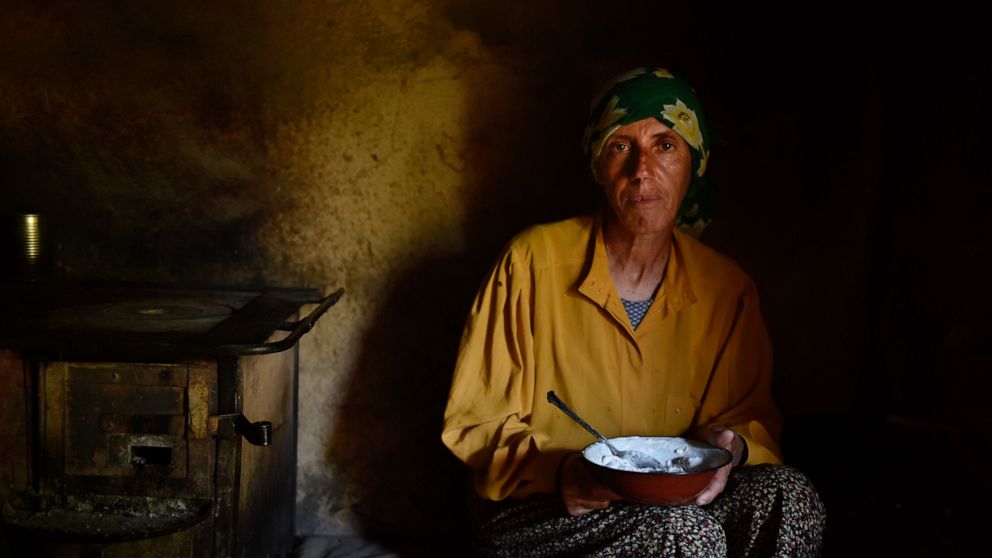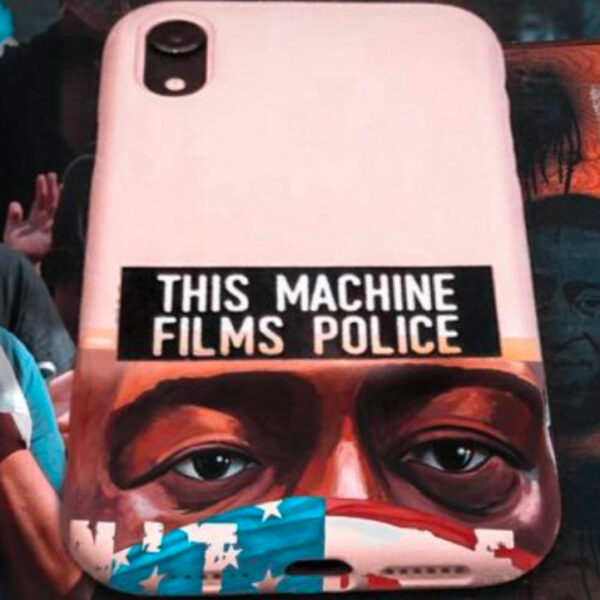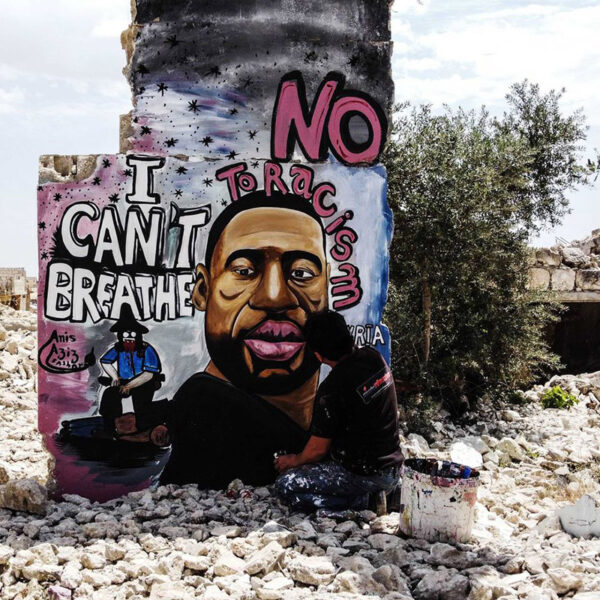In the observational mode, we have little sense of the filmmaker’s actual presence. It is as if events occur as they would if the filmmaker were not present. The voice of the filmmaker emerges only indirectly, through cinematic codes such as choices in how and when the camera is deployed, perhaps lighting, and definitely editing. The effect approximates fiction, without, however, divorcing the world represented from the world we routinely encounter. Our motion picture industry, on the other hand, carries out the necessary divorce proceedings in a myriad of ways from a massive publicity machine and the star system to critical reviews and internal labelling such as “Once upon a time,” “Based on a True Story,” and a slew of production credits.
That an unacknowledged camera and filmmaker occupies the same historical world as its subjects, without the construction of a parallel or alternative world, can produce, in varying degree, an underlying and sometimes queasy sense of voyeurism. Unseen, unacknowledged, disengaged, the filmmaker strives to become the proverbial fly on the wall but risks turning into the voyeur at the window, often mimicking the “accidental” rather than the “helpless” or “interventional” gaze. (I discuss various forms of gaze and their ethical implications in the chapter “Axiographics: Ethical Space in Documentary“ in Representing Reality.) To what degree do we have a fly, simply curious about what happens, versus a voyeur, whose vision bears the intrusive charge of an erotic or epistephilic gaze looking in on others without being seen in return?
This was the issue Honeyland raised for me: a hint of voyeurism crept in, and perhaps opportunism at the scent of a perfect allegory. So many needs. So much desperation. So many misguided actions. So much potential harmony with nature.
A little intervention might have spared Hatidze and her mother, their bees, and the other family’s bees, cattle and even family members distress that the filmmakers chose to watch but not address. That they did so outside the context of the film is not evident within the film and cannot be: the effect would be to alter that which is meant to appear as it would appear were the camera not there; it would shift everything to a different mode of documentary. That the filmmakers shared small, intimate spaces over extended periods of time while minimal action is taking place heightens this effect: the pursuit of a goal, the performance of a role, the immersion in a task—phenomena that routinely draw attention away from an unacknowledged, observing presence in films by Leacock, Pennebaker or Wiseman are largely absent. Actions in this case are mostly routine, habitual ones that do not require undivided attention and yet none flows to or from the filmmakers who resolutely observe but do not interact.
Our default response to moving images in an observational form—to bear witness to a lived reality as it would unfold were we not, in fact, observing it—is a response that bears the mark of the paradoxical. The camera is there but not there. Intervention is possible but not possible, within this mode. What happens is what would happen were we not watching it happen. Paradoxes can be vexing, even angering, but they can also be edifying. It depends on the context and the ethics that inform the act of seeing. This complexity, as well as this mode’s proximity to fiction, may be one reason why many national funding agencies in countries from Romania to China favor the observational mode as the artistic mode par excellence and are predisposed to consider expository or interactive documentaries as reportage more than art.
This sense of the paradoxical succumbs to the impact of the verifiable in raw footage.
Raw footage achieves a purely observational status. We see a world take shape before us as if the camera were not there. None of the aesthetic or narrative shaping seen in a finished documentary like Honeyland, and the accompanying sense of the paradoxical, emerges. The fourth wall between representation and reality possesses a luminous transparency; what we behold has the vivid appearance of life as it is lived, unaltered by any authorial presence or voice. In such footage, we behold images that function as a document, not documentary. The footage displays no narrative structure, only its precursory roots of duration or chronology. Spared the transformations wrought by a guiding voice, such footage bears a heightened degree of credibility and a concomitant potential to deliver an indexical whammy of enormous potency, especially if the event recorded is horrific.
Although almost thirty years apart, the footage of Rodney King being repeatedly beaten by L.A. police officers (1991), and of George Floyd being mercilessly strangled by Derek Chauvin (2020) strikes us with all the shock bearing witness to an unbearable reality can produce. Elements of fabrication and technological limitation are the furthest things from our mind. The gaze we see deployed is truly “helpless”: there is no trace of the voyeuristic or opportunistic. The camera witnesses but cannot affect the event it witnesses (it is a fly firmly bound to a wall). This helplessness becomes transferred to the viewer and can very well intensify eruptions of horror, shock, or outrage.
Such footage can provoke cognitive and visceral responses that spill beyond the screen and the affect some “body genres” produce on more of a personal than collective level. Such provocation occurs less in relation to the tired debates of whether violent images incite violence among viewers, but in relation to the axiological question of how we come to hold, and uphold, values and beliefs that such footage puts to the test. Observational documentaries, and their cousin, raw footage, bear no inviolate political or ethical values. Such values arise within a given context, and at this moment, the racial injustice exposed by the footage of George Floyd’s murder raises the potentially intense disturbances at work in observing others to a magnitude great enough to spark a widespread social movement of extraordinary impact whose outcome still awaits resolution.
Join the conversation, leave a comment on the discussion board



